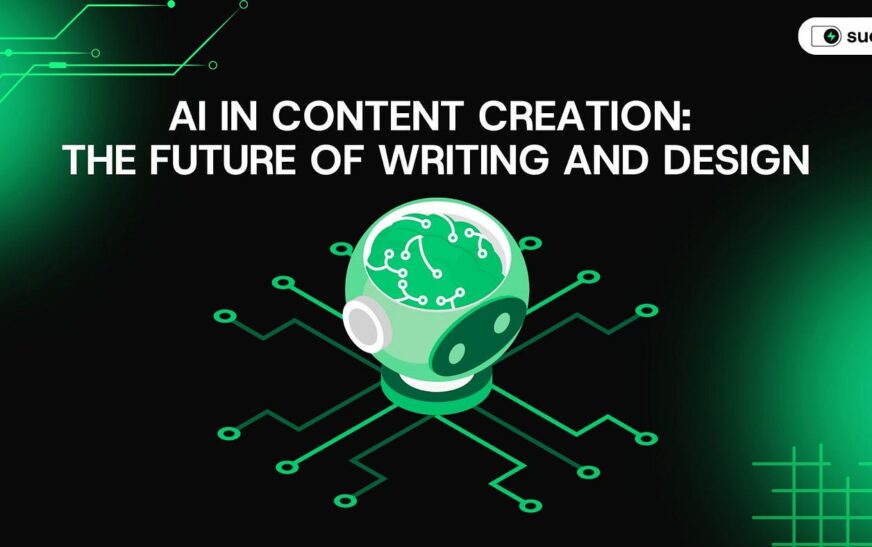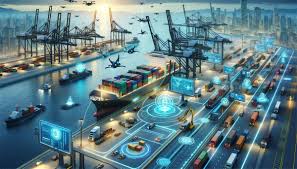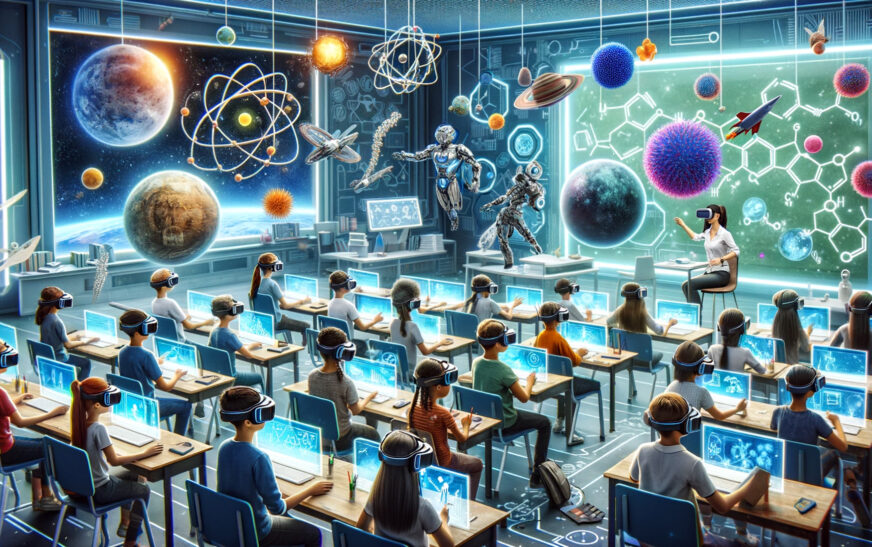Introduction to AI and its Role in Content Creation
In a world where technology evolves at lightning speed, it’s no surprise that artificial intelligence is making waves across industries. One area that’s experiencing a remarkable transformation is content creation. Blogging and media are not just about words on a page anymore; they’re becoming dynamic platforms infused with AI-driven insights.
Imagine having an intelligent assistant that can analyze trends, generate ideas, or even write articles tailored perfectly for your audience. That’s the power of AI in action! As creators and consumers alike adapt to this new landscape, understanding the role of AI becomes essential. It’s not just about keeping up; it’s about harnessing these tools to elevate our storytelling.
The future of blogging and media looks promising as we dive into how AI reshapes creativity and enhances engagement. Let’s explore what lies ahead in this exciting realm of content creation powered by innovation!
Benefits of AI in Blogging and Media Industry
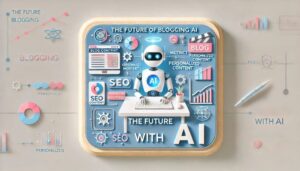 AI offers a multitude of benefits in the blogging and media landscape. One of the most significant advantages is efficiency. Content creators can generate articles, social media posts, and videos at a much faster pace.
AI offers a multitude of benefits in the blogging and media landscape. One of the most significant advantages is efficiency. Content creators can generate articles, social media posts, and videos at a much faster pace.
Another key benefit is personalization. AI algorithms analyze user behavior to tailor content suggestions to individual preferences. This enhances engagement and keeps audiences coming back for more.
Additionally, AI tools help with SEO optimization by suggesting relevant keywords and improving readability scores. This ensures that content reaches its target audience effectively.
The content curtain is made easier as well. AI can sift through vast amounts of information quickly, identifying trends and topics that resonate with readers.
Moreover, cost-effectiveness cannot be overlooked. Automating repetitive tasks allows creators to focus on strategy and creativity rather than mundane details. As a result, both bloggers and media companies can allocate resources more efficiently while maximizing their output.
Examples of Successful Implementation of AI in Content Creation
Several companies have embraced AI to elevate their content. For instance, The Washington Post utilizes an AI tool called Heliograph. This technology creates news stories on specific topics like sports and elections, enabling faster coverage.
Buzzed also taps into the power of AI with its Tasty app. It generates engaging recipe videos using machine learning algorithms that analyze viewer preferences and trends.
Another notable example is Grimily. While primarily known for grammar checking, it employs AI-driven suggestions that enhance writing clarity and engagement.
AI isn’t just about producing words; it’s transforming how content reaches audiences. Platforms like Netflix use algorithms to recommend shows based on viewing habits, personalizing the user experience.
These examples illustrate a growing trend where creativity meets technology in innovative ways. As more organizations adopt such solutions, the landscape of content creation continues to evolve rapidly.
Potential Concerns and Limitations of AI in Content Creation
While AI offers exciting possibilities for content creation, it doesn’t come without concerns. One major issue is the potential for a lack of authenticity. Automated systems might generate text that feels mechanical or lacks the personal touch human writers bring.
Moreover, there’s the risk of misinformation. If algorithms pull from unreliable sources, they can inadvertently perpetuate inaccuracies in blogs and media.
Another limitation lies in creativity. While AI can mimic styles and formats, it often struggles with original ideas or nuanced concepts that require deep understanding.
Ethical considerations also arise when using AI tools. Questions about copyright infringement and ownership become more prominent as machines create content independently.
There’s concern over job displacement. As automation advances, many fear that roles traditionally held by writers may diminish or transform significantly in this evolving landscape.
How AI is Changing the Landscape for Bloggers and Media Companies
AI is revolutionizing the way bloggers and media companies operate. Enhanced algorithms can analyze audience preferences, tailoring content that resonates more deeply with readers. This not only boosts engagement but also encourages loyalty.
Content creation tools powered by AI are streamlining workflows. They help in generating ideas, suggesting headlines, and even drafting articles. As a result, writers can focus on creativity rather than tedious tasks.
Media companies benefit from real-time analytics provided by AI systems. These insights allow for immediate adjustments to strategies based on viewer interactions and trends. Staying relevant has never been easier.
Furthermore, personalization is at an all-time high. AI analyzes user behavior to curate individualized experiences across platforms, keeping audiences engaged longer than ever before.
Tips for Utilizing AI in Content Creation
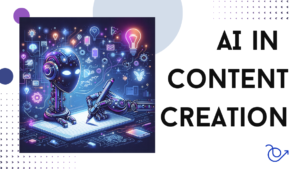 Leverage AI tools for brainstorming. Use them to generate ideas and prompts that can spark creativity. This helps overcome writer’s block and brings fresh perspectives.
Leverage AI tools for brainstorming. Use them to generate ideas and prompts that can spark creativity. This helps overcome writer’s block and brings fresh perspectives.
Consider automating repetitive tasks like grammar checks or SEO optimization. These tools save time, allowing you to focus on crafting engaging narratives.
Experiment with AI-driven analytics platforms. They help track audience engagement and content performance, making adjustments easier.
Incorporate catboat’s for immediate interaction with your audience. They can provide real-time feedback or answer questions about your content, enhancing user experience.
Utilize language generation models carefully. While they can assist in drafting articles, ensure the final output reflects your unique voice and style.
Stay updated on emerging AI trends in content creation. The technology evolves rapidly; embracing new advancements keeps you ahead of competitors while optimizing your workflow effectively.
The Future of Blogging and Media with the Advancement of AI Technology
The future of blogging and media is set to be transformed by AI technology. As algorithms become more sophisticated, they will enhance the way content is generated and distributed.
Automated tools can analyze trends in real-time, allowing creators to produce timely articles that resonate with audiences. This capability not only increases engagement but also streamlines the creative process.
Moreover, personalization will reach new heights. AI can tailor content to individual preferences, making every reader’s experience unique. This level of customization keeps users returning for more.
Ethical considerations around authenticity may arise as well. As AI starts producing human-like narratives, distinguishing between original thought and machine-generated text could become a challenge.
Embracing these advancements means bloggers and media companies must adapt quickly. The landscape is changing rapidly; those who harness AI effectively are likely to thrive in this evolving environment.
Conclusion
The integration of AI into content creation represents a significant shift in the blogging and media landscape. As technology continues to evolve, it paves the way for more efficient and innovative methods of producing high-quality content. The benefits are clear: faster production times, enhanced personalization, and data-driven insights that can refine strategies.
However, it’s essential to remain mindful of potential pitfalls. Concerns around authenticity, creativity limitations, and over-reliance on algorithms must be carefully navigated. Bloggers and media companies should strike a balance between harnessing AI’s capabilities while preserving their unique voice.
As we look ahead, embracing AI offers an exciting opportunity for growth in the blogging and media industries. Those who adapt will likely find themselves at the forefront of this transformation—ready to engage audiences like never before while maintaining quality and integrity in their work. With a thoughtful approach, both creators and consumers stand to benefit from what lies ahead in this dynamic intersection of technology and creativity.

